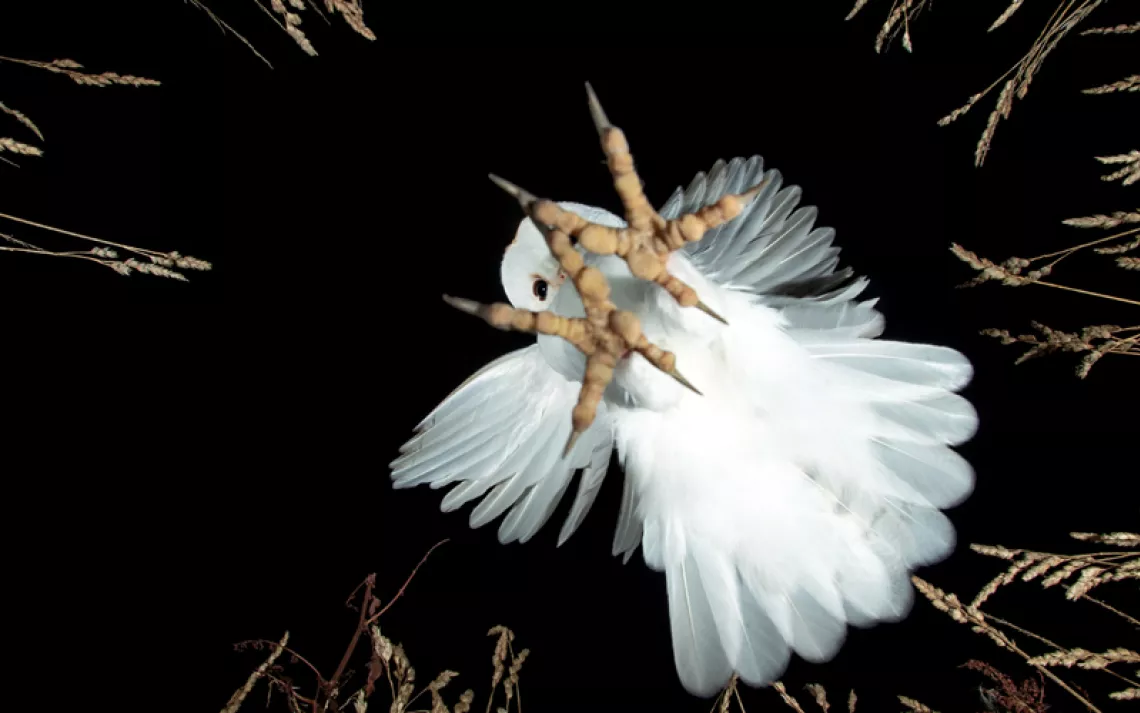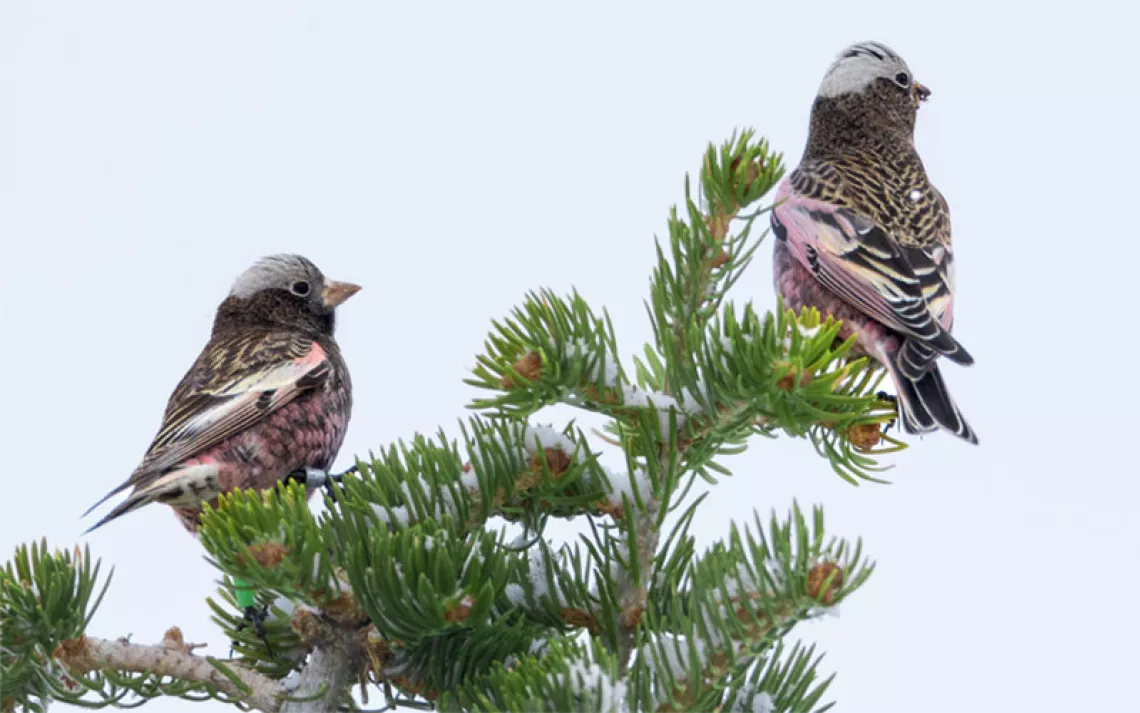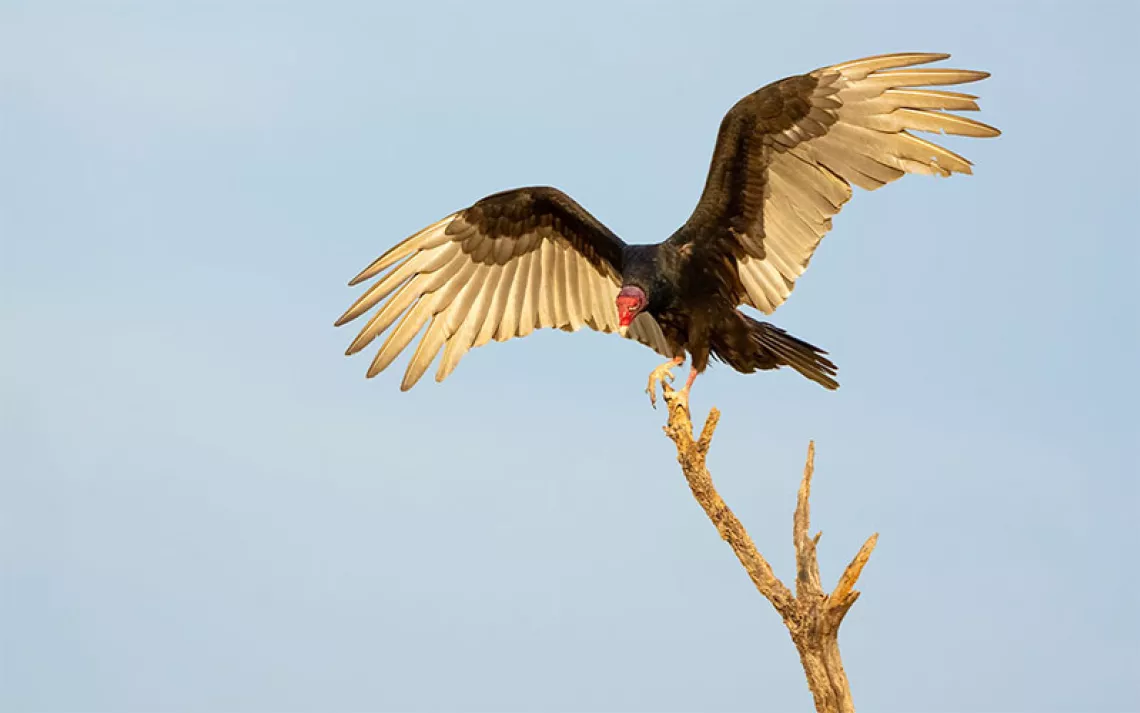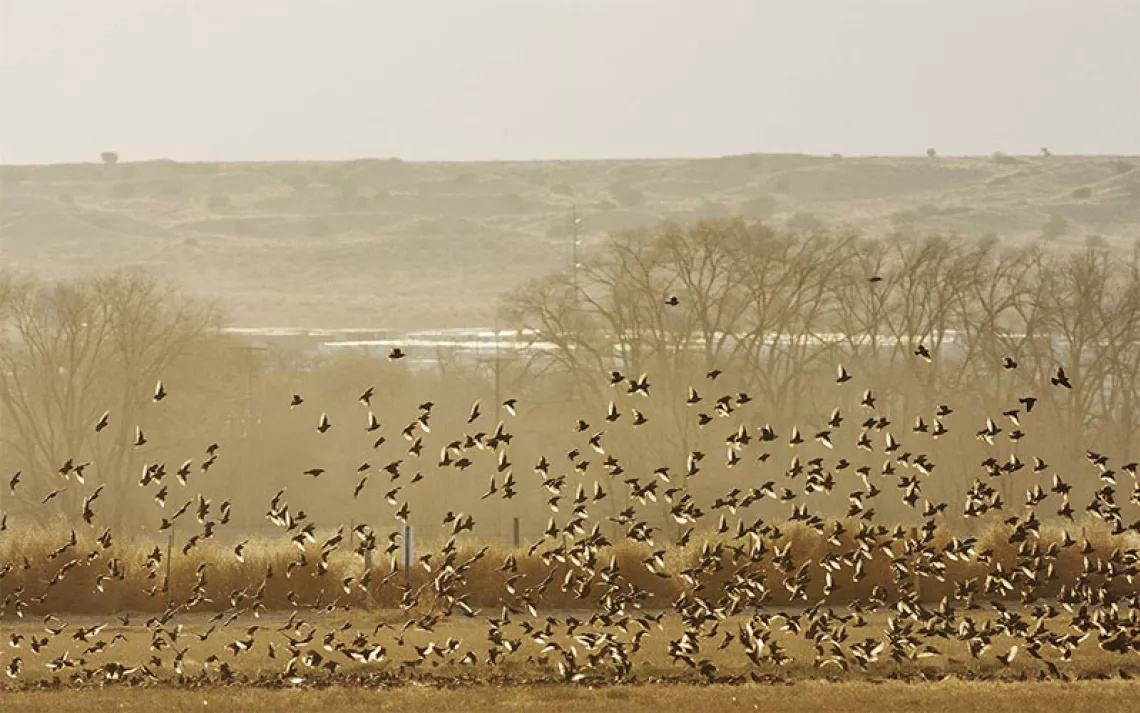What’s in a Bird Name?
Why ornithologists are in the process of removing people’s names from bird species
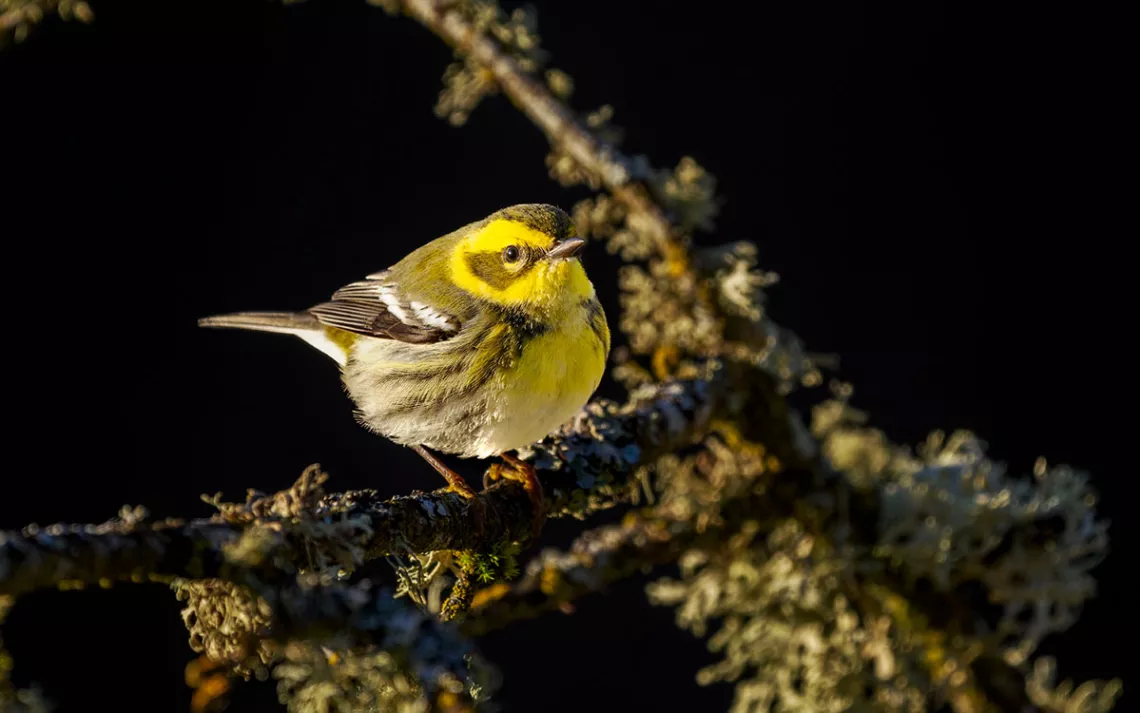
Townsend's warbler in the Willamette Valley of Oregon. | Photo by GarysFRP/iStock
Spring is here, and that means birders across the country are gasping in delight at their first sightings of spectacular migratory songbirds on the wing. As warblers undertake their perilous journeys north to their breeding grounds and momentarily illuminate our landscape with splashes of color, it’s a sign that—in spite of all the political chaos—all is somehow momentarily right in the world. Yet something will soon be different with this long-standing annual ritual. This may be one of the last springs during which we refer to Blackburnian, Townsend’s, Swainson’s, Kirtland’s, and Wilson’s warblers by those names. They are five of the 150 species of birds named after people that the American Ornithological Society has vowed to rename.
While many in the bird community praise the move and believe it’s long overdue, others have reacted with vehement opposition. Utah legislators even passed a bill forbidding the use of new names by state wildlife officials.
The decision by the American Ornithological Society (AOS) to remove eponyms that honor problematic historical figures is an important step in making birding more welcoming and inclusive, proponents of the move say. “Names are important signals,” says Steve Hampton, an enrolled citizen of the Cherokee Nation who worked on the AOS ad-hoc committee that proposed recommendations for the renaming of birds. Not only is the decision to remove harmful eponyms “a welcome change,” but it also points to the fact that “birding is moving away from a white, male-dominated enterprise,” Hampton adds.
While the AOS and its predecessors have been in charge of English bird names since 1886, the names have, until now, been decided on by taxonomists. Though birders are no strangers to the renaming of birds—most often dictated by scientific reclassification—such large-scale name changes, largely motivated by social justice and equity concerns, are entirely new.
Last November, AOS president Colleen Handel wrote, “There is power in a name, and some English bird names have associations that continue to be exclusionary and harmful today.” Consider John Kirk Townsend, who robbed Indigenous graves of skulls in the 1800s. Or take John James Audubon, the namesake of the national bird conservation organization, who was a staunch proponent of slavery.
Since not every honorific refers to a problematic individual, some people worry about historical erasure. But Irene Liu, science editor at the Cornell Lab of Ornithology and member of the ad-hoc renaming committee, reminds us that names are hardly a nuanced marker of ornithological history. “The history that’s represented in bird names is subjective and arbitrary and up the discretion of the Western person who first documented the species,” Liu says. Audubon himself often named birds as a way of ingratiating himself with potential patrons. And as for outstanding, unimpeachable ornithologists such as Alexander Wilson, Liu argues that “those names will persist in ornithological history, and their contributions can be found elsewhere.”
Unlike scientific names that are used by a narrow subset of the population, common names are communication tools that engage a wider cross-section of people. As such, it’s more important than ever that our bird names better “reflect our society’s stated values,” Liu says. The AOS ultimately chose to overhaul all eponyms rather than undertake the thorny process of determining where the individual names fall on the 21st century moral compass.
Now, for the first time, establishing the common names of birds will involve the general public as well as bird experts. The shortlist of names will be proposed by a new AOS committee that will include not only taxonomists, but also “people with expertise in public outreach, art, environmental education, and community engagement,” Hampton says. From there, the public will be invited to weigh in, likely through an online voting forum. How exactly the initial phase of renaming at least 70 bird species will work remains to be seen. But with the public weighing in, the process “will pave the way for an increased feeling of welcoming and belonging,” according to Liu. “Name changes were never the end goal,” she adds.
The move to redefine who belongs in the bird community might start with a name, but ultimately benefits birds as a whole. Climate change and habitat loss are causing sharp population decreases among birds species. North America alone has lost nearly 3 billion birds since 1970. The best way to ensure that we conserve birds is to make birding more inviting. The bird-species renaming has the potential to be just that: a gateway for new birders. “If people become active in thinking of new names, they’ll become invested in the species,” Liu says.
In other words, care for a species is the essential first step to wanting to protect it. Just think of the bird currently known as the Bachman’s sparrow, a near-threatened bird from the American South desperately in need of conservation. “Conservation projects are successful when local communities start feeling ownership of the bird,” Hampton cautions, and when a bird is named after an ardently pro-slavery Lutheran minister like John Bachman, the chance of rousing enthusiasm among Black communities is greatly diminished.
Hampton is hopeful that “massive creativity can come from public process” and that the name debate “will turn a corner from being something contentious to an energizing proposal.” An informal hypothetical public poll for new bird names included alternatives for Say’s phoebe such as “sunrise phoebe, cinnamon phoebe, and mesa phoebe.” All three potential options tell us infinitely more about the bird’s appearance or habitat than its current eponym. Also, more descriptive names help newcomers to birding learn to identify species more easily.
Pushback and petitions to reverse the AOS renaming decision show us just how deeply people care about birds. According to the US Fish and Wildlife Service’s 2022 Survey of Fishing, Hunting, and Wildlife–Associated Recreation, 93 million people in the United States observe birds. The number of people using Merlin—the free bird identification app—rose to 3 million active users worldwide in 2023, more than double the previous year. Likewise, checklists submitted to eBird, the citizen science database that tracks birds, reached 2 million in May 2023 alone.
For the bird community, having the opportunity to weigh in on the renaming of, say, the Blackburnian warbler to something that reflects the bird’s otherworldly, fiery throat coloring will only enhance the magic of the spring migratory spectacle. The decision to rename birds shifts the focus of our attention away from people and to exactly where it belongs—back to the birds themselves.
 The Magazine of The Sierra Club
The Magazine of The Sierra Club
